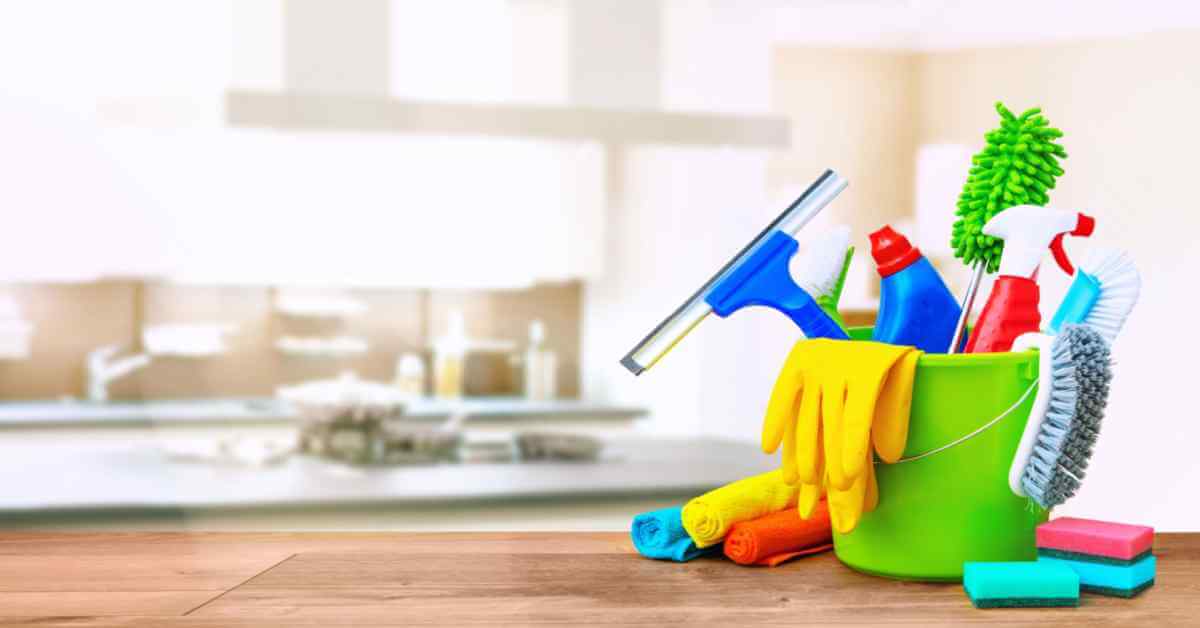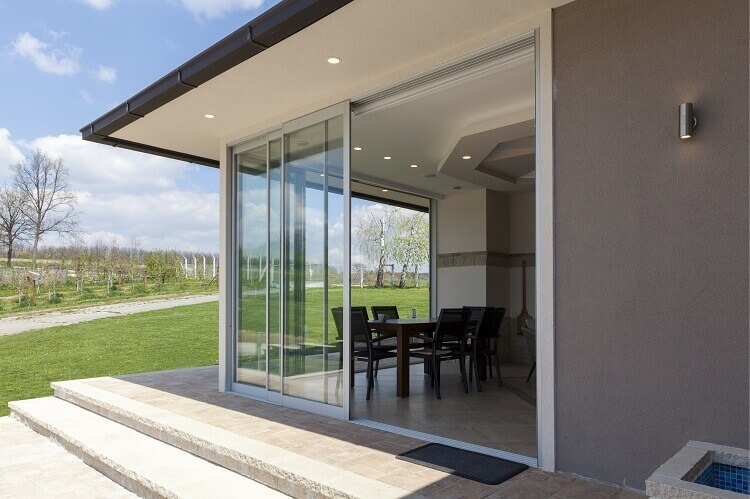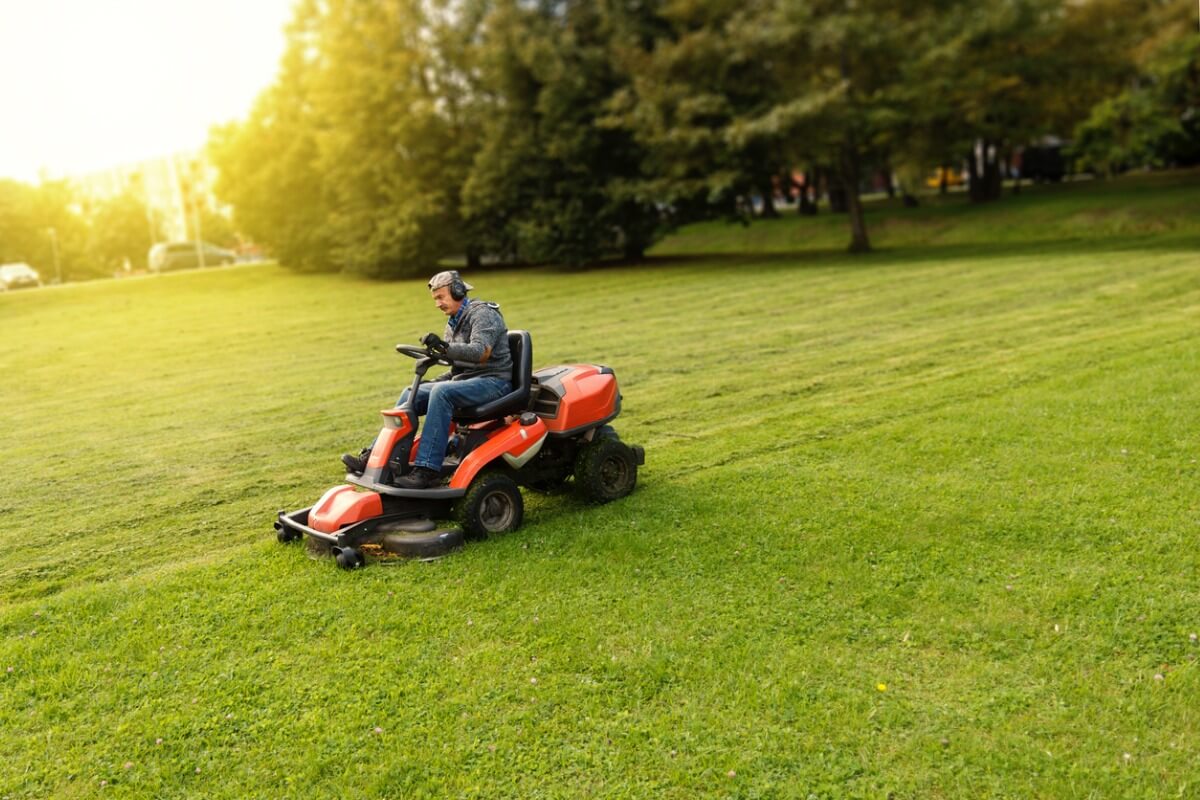Content Attributes
Making kitchen items safe after a disaster
No matter what type of disaster may happen in your community, it is important to know how to salvage your kitchen items to become safe to use again. Before washing and sanitizing any dishes, pots, pans, and Kitchen iTems, the water must be certified safe to use. Here are some guidelines for washing and sanitizing your kitchen items:
Dishes and cooking utensils
- Remove detachable parts, such as blades, plastic or wooden handles, and screens.
- Wash dishes, pots, pans, utensils, and detached parts in hot, soapy water. Use a brush, if necessary.
- Rinse in clear water after washing.
- Place Kitchen iTems in a wire basket or other container and immerse them in a sanitizing solution. The sanitizing solution is prepared by mixing 1 tablespoon of unscented chlorine bleach in 1 gallon of warm water.
- Air-dry dishes in a clean and sanitized dish rack.
- Remember to wash cupboards and other surfaces with soapy water, then rinse and wipe surfaces with a disinfecting solution before storing food, dishes, and cooking utensils in them.
How to treat rust on iron pots, pans, and Kitchen Items?
- Wash with soap and water, using a stiff brush, scouring powder, or steel wool.
- Wash again in hot, soapy water, rinse and dry thoroughly.
- Season iron pans and utensils with a generous amount of unsalted cooking oil. Heat in a 250 degrees Fahrenheit oven for 2 to 3 hours. When the seasoning is completed, wipe off excess oil.
Stainless steel, nickel-copper alloy, nickel or chrome-plated metals
- Wash thoroughly and polish with a fine-powdered cleanser.
- Wash and dry the surface.
Aluminum pans and Kitchen Items
- Wash thoroughly with hot soapy water. Scour any unpolished surfaces with soapy steel wool pads (do not use steel wool on plated aluminum finishes).
- Sanitize in 1 tablespoon of unscented chlorine bleach per gallon of warm, not hot water.
- To remove dark stains from aluminum pans, fill the pan with water. Add 1 tablespoon vinegar or 2 teaspoons cream of tartar for each quart of water. Boil for 10 to 15 minutes, scour with steel wool, wash with soap, rinse and dry.
Cooper and brass
- Polish with copper or brass polish or rub with a cloth saturated with vinegar or rub with a piece of salted lemon.
- Always wash copper with soapy water after using acids or commercial polishes.
- Do not use copper and brass Kitchen iTems for food preparation or service.
Pewter
- Wash with hot soapy water, rinse and dry. Use a soft toothbrush to get into crevices.
- Rub with silver polish (paste or liquid, not dip type) with a soft cloth.
- Rinse in hot soapy water and dry.
- Do not use pewter Kitchen iTems for food preparation or service.
For more information on food safety and sanitation, contact Michigan State University Extension. Fire, floods, and power outages from wind, snow, or ice could jeopardize the safety of your food and kitchen. These cleaning and sanitizing guidelines will help to secure the safety of your Kitchen items and cookware.



